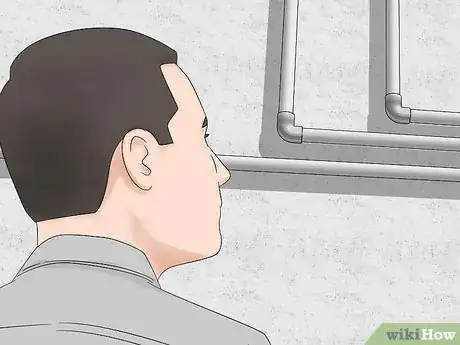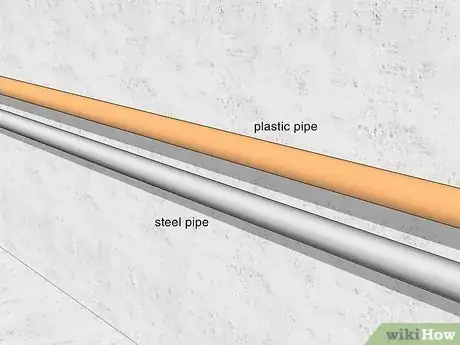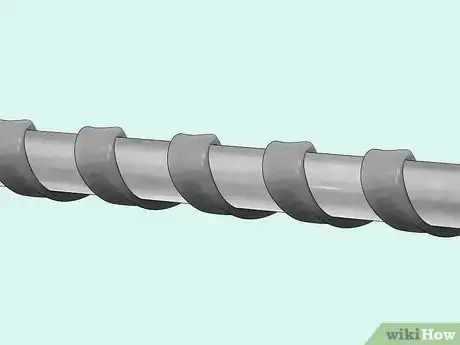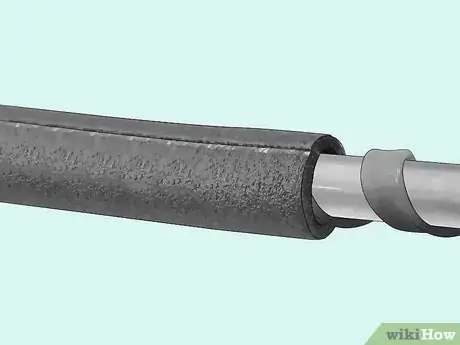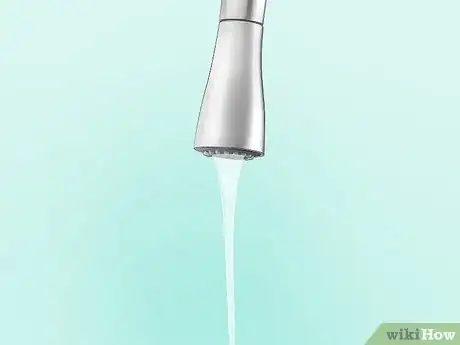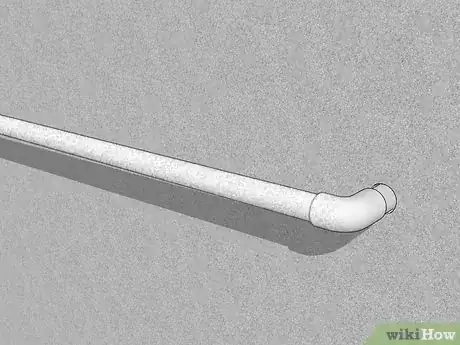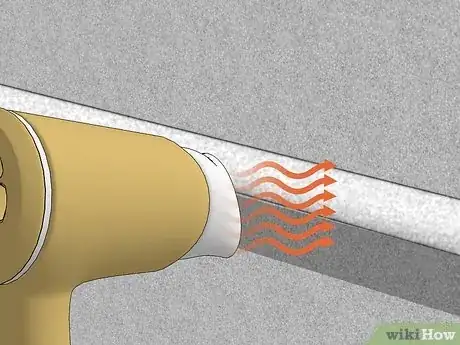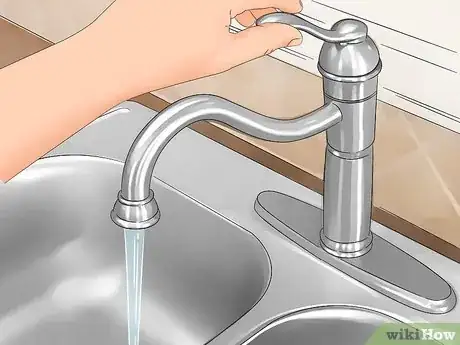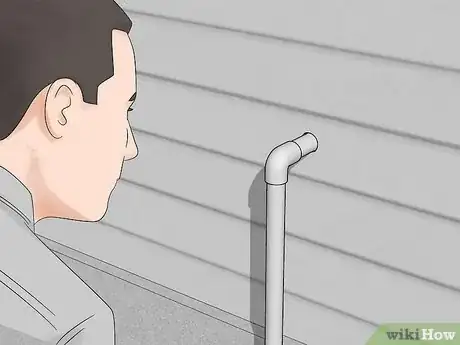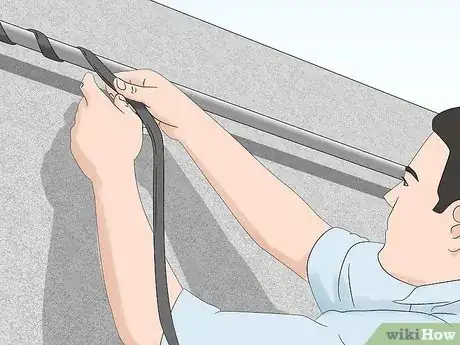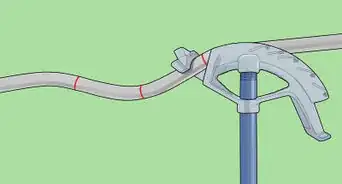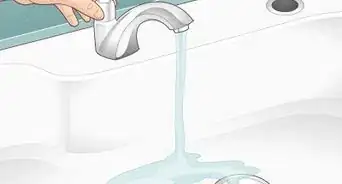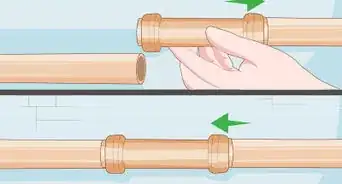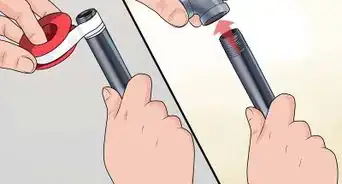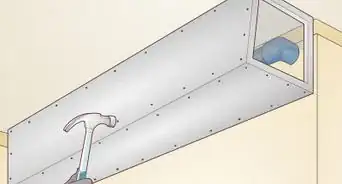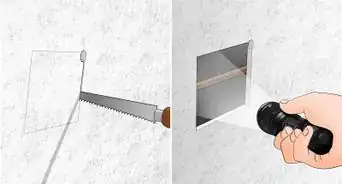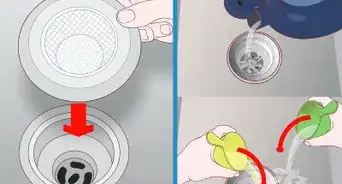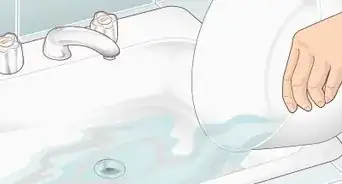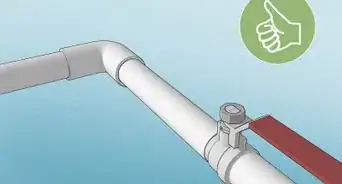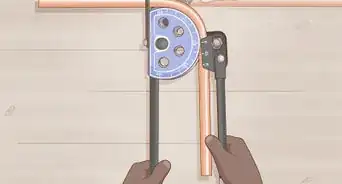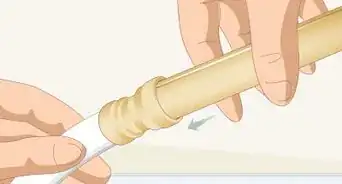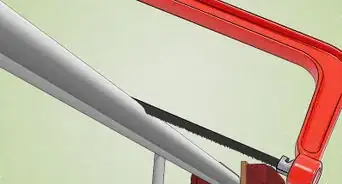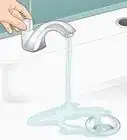This article was co-authored by David Balkan. David Balkan is a Professional Plumber, CEO of Balkan Sewer and Water Main Service, and President of Balkan Sewer and Drain Cleaning. As a hands-on owner of these companies for over 40 years, David is knowledgeable about water service lines, sewers, and drain line issues. David is a Committee Chairman of the Master Plumbers Council and has sat on the Executive Committee of the Sub Surface Plumbers Association of New York for over 30 years. His knowledge and solution-oriented approach contributed to Balkan Sewer and Water Main Service being the largest and most trusted service in New York City and the recipient of the 2017 Angie’s List Super Service Award.
This article has been viewed 215,258 times.
Pipes can freeze or even burst in times of cold weather after a period of disuse. Products to insulate pipes, such as a pipe sleeve and electrical heat tape, can be purchased and placed around pipes to prevent them from freezing. If a pipe has already frozen, wrapping it with an electric heating pad that is then warmed or towels heated with hot water can allow sufficient water to run through the pipe again. Here are steps to wrap pipes for cold weather.
Steps
Winterizing Your Pipes
-
1Go through your house to check for leaky water pipes. Check bathroom and kitchen cabinets, the attic, basement, crawl spaces, and garage. Look for pipes running along outside walls of your house or through your foundation as well.
- Use tools or have a professional licensed plumber repair any leaking pipes or pipe joints before wrapping them (and before freezing temperatures arrive!).
-
2Know what type of pipe material you will be wrapping. The pipe's material can determine what kind of insulation product you use. Check hot and cold water supply pipes since both kinds of pipes can freeze.
- Plastic pipes should only be wrapped with automatic heat tape. This kind of tape is insulated with heavy rubber around its wires.
- You can also use regular pipe insulation.
Advertisement -
3Find the length and diameter of each pipe you will wrap. Count the number of faucets or valves along each pipe. These figures can help you determine how much insulation product you will need to buy.
- Consult your pipe manufacturer's guidelines to help you decide how much insulation you will need.
-
4Visit your local building supplies store. Purchase enough pipe insulation product, such as heat tape or cable, for your pipes.
-
5Follow any specific directions from the product's manufacturer to wrap the pipes. Shut off your home’s water main. Then, wrap pipes carefully with the insulation product.
- Heat tape has a plug at 1 end to heat a pipe electrically. From the plug end, run the tape straight down the length of the pipe if directed to by the manufacturer. You may need to wrap heat tape in a spiral or corkscrew fashion around a pipe instead.
- Wrap areas of pipe that go below ground with heat tape until you reach the frost line.
- Secure the heat tape to the pipe with bands of electrical tape wrapped around the pipe's diameter. Space the bands of electrical tape according to the heat tape manufacturer's directions.
-
6Encase pipes and their heat tape in a pipe sleeve, jacket, or other insulation. Cover the insulation with a waterproof material if it does not have weather protection.
-
7Plug in your heat tape's plug to an outlet. It should go directly into a Ground Fault Circuit Interrupter (GFCI) outlet without using an extension cord.
- Look for a GFCI outlet under your home, near where your water supply comes in.
Thawing Frozen Pipes
-
1Turn on a water faucet in your house. If the water that comes out of the faucet is a trickle or lower in pressure than usual, its water supply pipe is likely frozen.
-
2Leave the water faucet on. As the water running through the pipe is above freezing temperature, it will help thaw the pipe. You can also pour antifreeze down the drain to defrost any ice quickly.
-
3Find the faucet's frozen pipe. Places to look are where exposed pipes run along outside a house or through the foundation where your water supply enters the house.
-
4Wrap a frozen piece of pipe in an electric heating pad. Apply heat from an electric hair dryer or a portable space heater. Make sure no flammable items or materials are nearby.
- Towels soaked in hot water can also be used to wrap frozen pipes in. Heat the water for the towels in a pot or other suitable container on the stove.
-
5Have someone else check that water running through the faucet works normally if necessary.
-
6Check other faucets 1 at a time around the house. Thaw any other frozen pipes you can access.
-
7Call a licensed professional plumber to thaw the pipes you cannot reach, find, or unfreeze yourself.
Community Q&A
-
QuestionWhat must I use to make sure the extension cord I used is safe?
 Community AnswerAt the very least, plug it into a GFCI protected outlet, or use an extension cord with GFCI protection built in.
Community AnswerAt the very least, plug it into a GFCI protected outlet, or use an extension cord with GFCI protection built in. -
QuestionShould I heat wrap all of the pipes under my mobile home?
 Community AnswerYes. It couldn't hurt.
Community AnswerYes. It couldn't hurt. -
QuestionDo electric heating coils around water pipes only work at a certain temperature?
 Community AnswerNo. They work as long as they are plugged in. Unless you plug in an additional thermostat especially made for the electrical tape warmers, they will turn on only when needed.
Community AnswerNo. They work as long as they are plugged in. Unless you plug in an additional thermostat especially made for the electrical tape warmers, they will turn on only when needed.
Warnings
- Do not wrap heat tape so it crosses or overlaps itself or apply it to a pipe at a 90 degree angle.⧼thumbs_response⧽
- Other dangers of using an open flame device include starting a fire and risking exposure to a deadly level of carbon monoxide.⧼thumbs_response⧽
- Be sure to carefully follow any instructions provided with your heat tape. There have been cases where an improper installation has caused a major fire.⧼thumbs_response⧽
- Never use a kerosene or propane heater, a blowtorch, or other open flame device to thaw a frozen pipe. The flame can make the water in the pipe boil, leading to the pipe exploding.⧼thumbs_response⧽
- Never wrap leaking pipes or pipe joints in heat tape.⧼thumbs_response⧽
Things You'll Need
- Plumbing and pipe repair tools
- Professional licensed plumber
- Pipe material
- Measuring tape
- Pipe length and diameter
- Number of pipe faucet and valves
- Pipe manufacturer's guidelines
- Building supplies store
- Heat tape
- Heat tape manufacturer's directions
- Electrical tape
- Pipe insulation
- Waterproof cover
- Water faucet
- Electric heating pad
- Electric hair dryer or portable space heater
- Towels
- Stove
- Pot or container for heating water
- Hot water
- Helper
